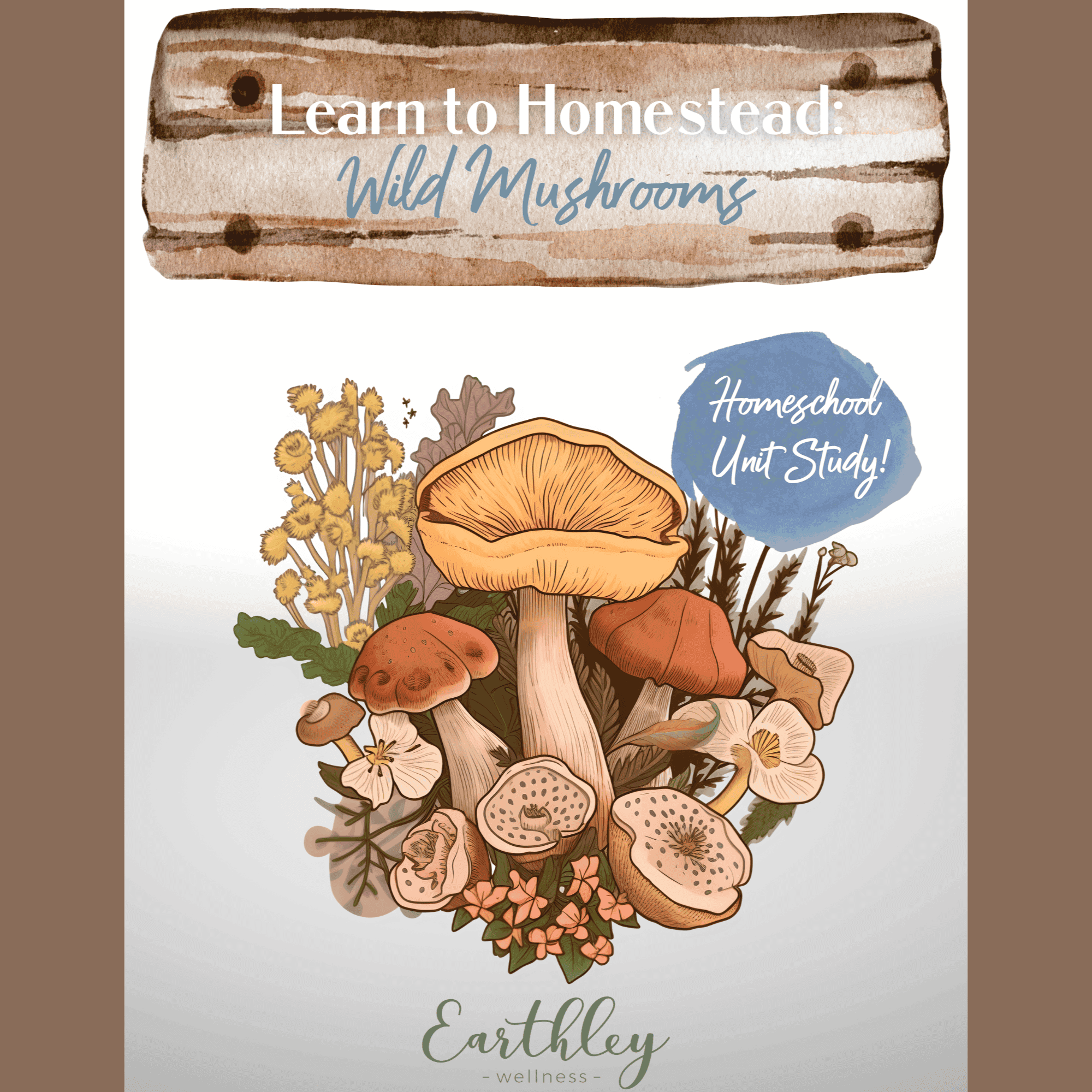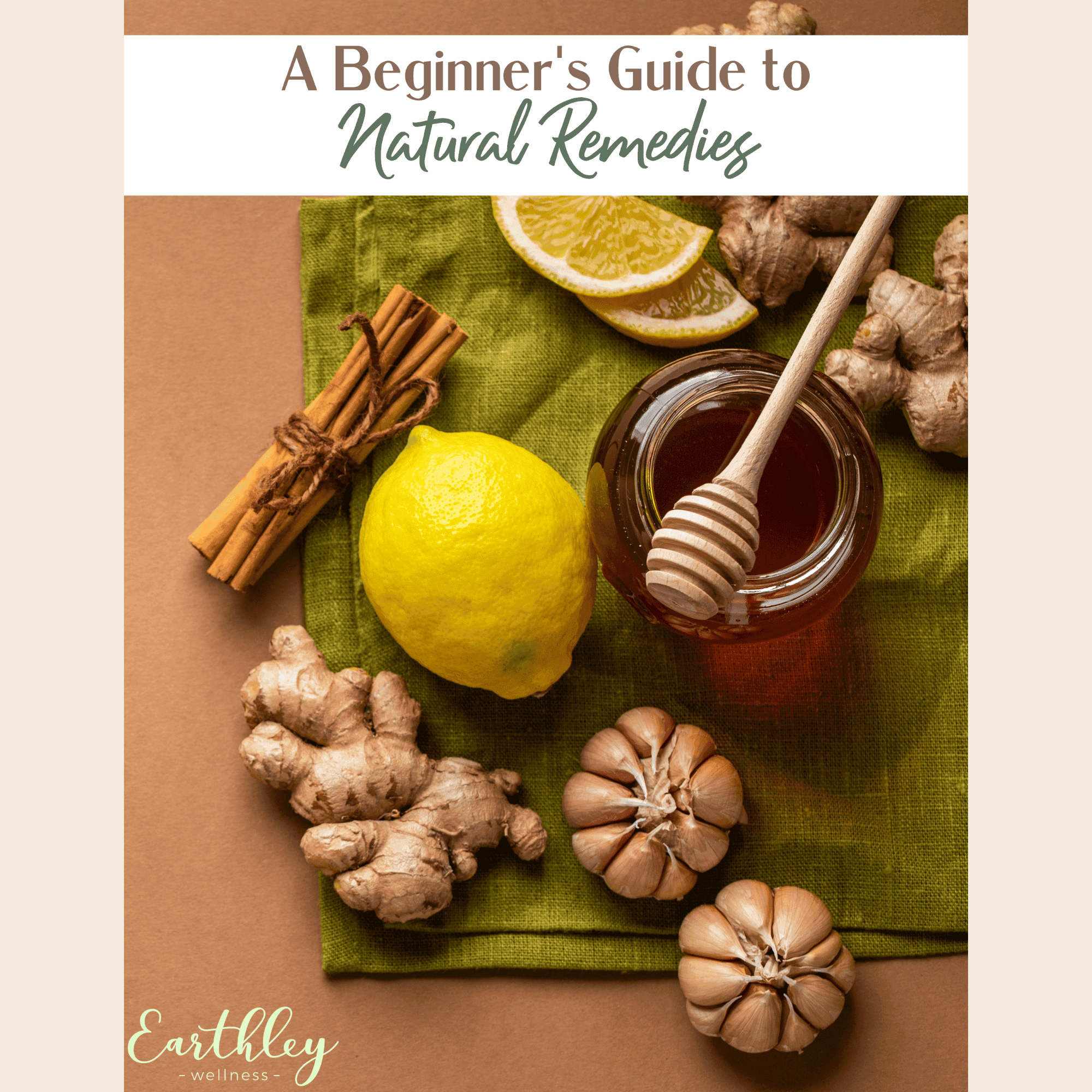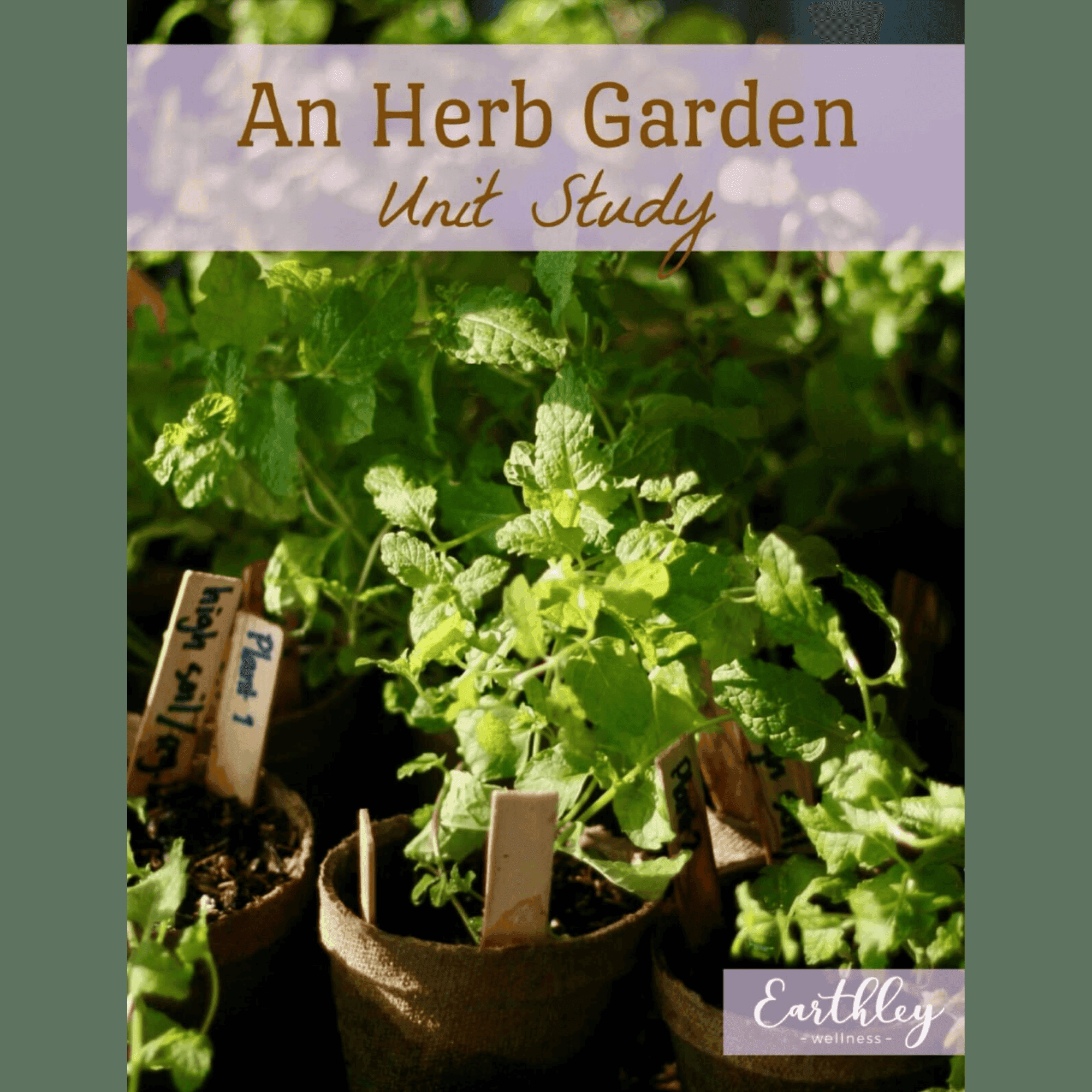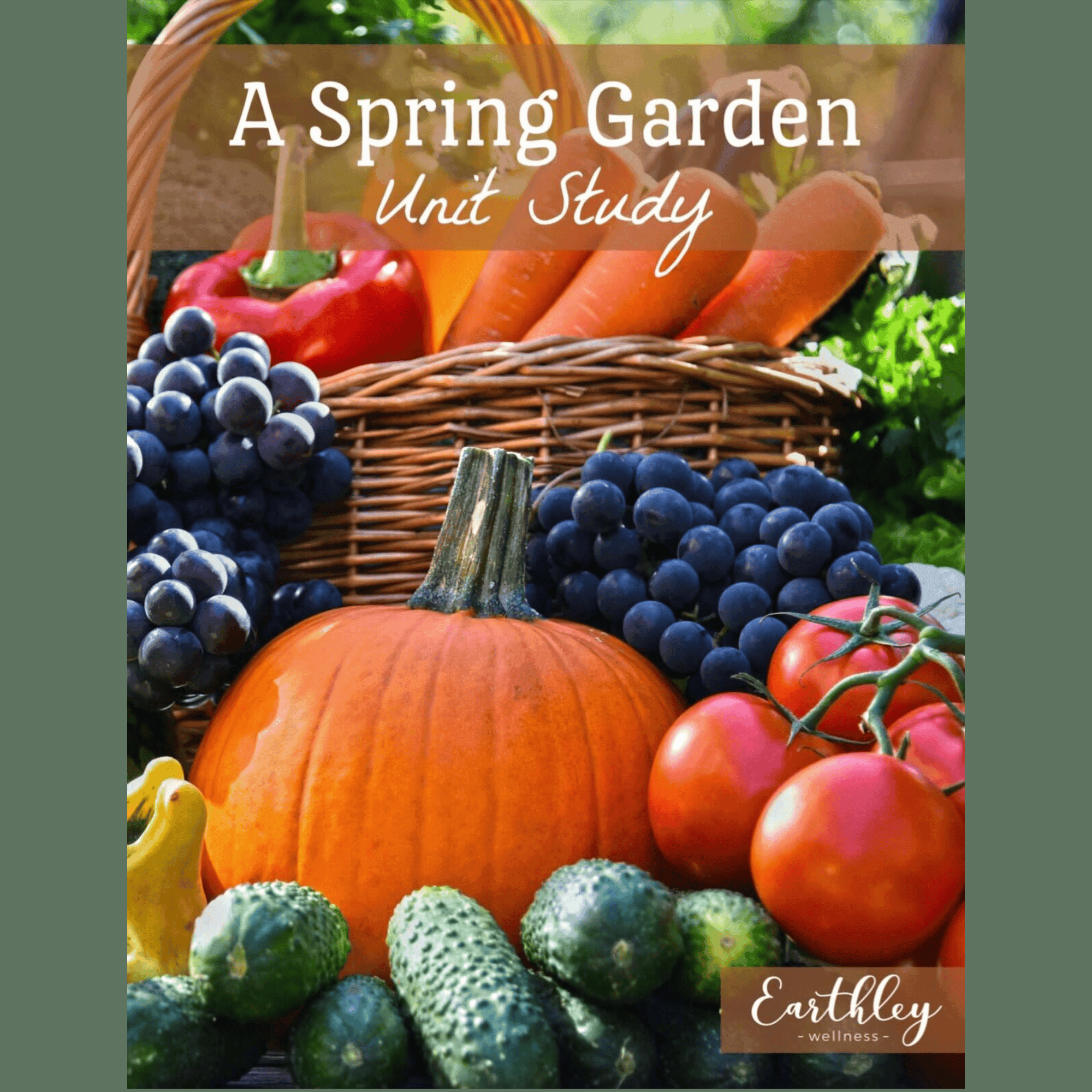How to Add Learning About Herbs in Your Homeschool

Choosing to homeschool is like stepping onto a path lined with possibilities—and maybe a few scattered educational detours. While traditional schooling may offer a “one-size-fits-all” experience, homeschooling hands you the steering wheel to customize each part of your child’s education to fit their unique needs, interests, and natural rhythms. Think of it this way: you're not only teaching math, history, and science; you’re opening up a whole world where lessons go beyond the textbook. Want your child to understand how immune support works or know the difference between oregano and echinacea? Homeschooling lets you weave in real-life lessons about natural health, herbal remedies, and the value of holistic wellness. Plus, it crosses all the subject lines! Science (how herbs work and how to grow them), math (recipes), and much more!
How to Add Learning About Herbs in Your Homeschool
Plan a Unit Study
The best way to start is by choosing several herbs you are familiar with and planning a unit study around each herb. In our homeschool, we started with lavender, plantain, mullein, and dandelion since they are wild all over our area and easy to find. Take one herb at a time, and really get to know it. Each herb unit study can take a few days or a few weeks to study. Some take a bit longer to find and learn how to forage for, such as mullein. Some are only seasonal, such as dandelions and violets.
After a trip or two to the library, we find several stories about the herb if we can, or turn to our Bible and see how it was used in ancient times. Using the notebooking journal method, we draw pictures of that herb and then label the picture with parts of the plant, along with botanical names and what pharmacological actions it has. Then, we learn how to grow or forage for it ethically ourselves.
Incorporate Hands-on Learning
Once we are confident in being able to identify that particular herb by sight and know some of the things it’s used for by memory, we move on to working with the herbs in real-life applications to further our knowledge. After all, real-life knowledge provides the best kind of education! We start by learning about drying and preserving the herbs by hanging them and drying them ourselves after an afternoon of foraging. After the herbs are dried, we figure out how to use them in our daily lives. Tinctures, salves, balms, and teas are all great places to start.
Plan Around the Seasons
It’s best to start this in the early Spring as a unit study when the plants are more readily available. Dandelion, violet, red clover, and plantain all can be studied then.
During the Summer, you can learn about mullein, lavender, and cooking herbs that have medicinal herbs as well. Think oregano, basil, and rosemary.
Fall is great to learn about herbs like parsley, sage, and echinacea.
During the winter, if you are in a colder climate, you can spend some time reviewing what you learned and make salves or teas with your saved herbs.
Each season, go foraging for the herbs you learned about. Talk about them, figure out ways you can use them at that moment and challenge each other to see who can remember more about that herb.
As you can see, incorporating herbs and natural health into your homeschool is easy. At Earthley, we think education about herbs and natural wellness are so important! We have some resources below, but you can find more in a Homeschool Search here.
Check out our some of our resources below!
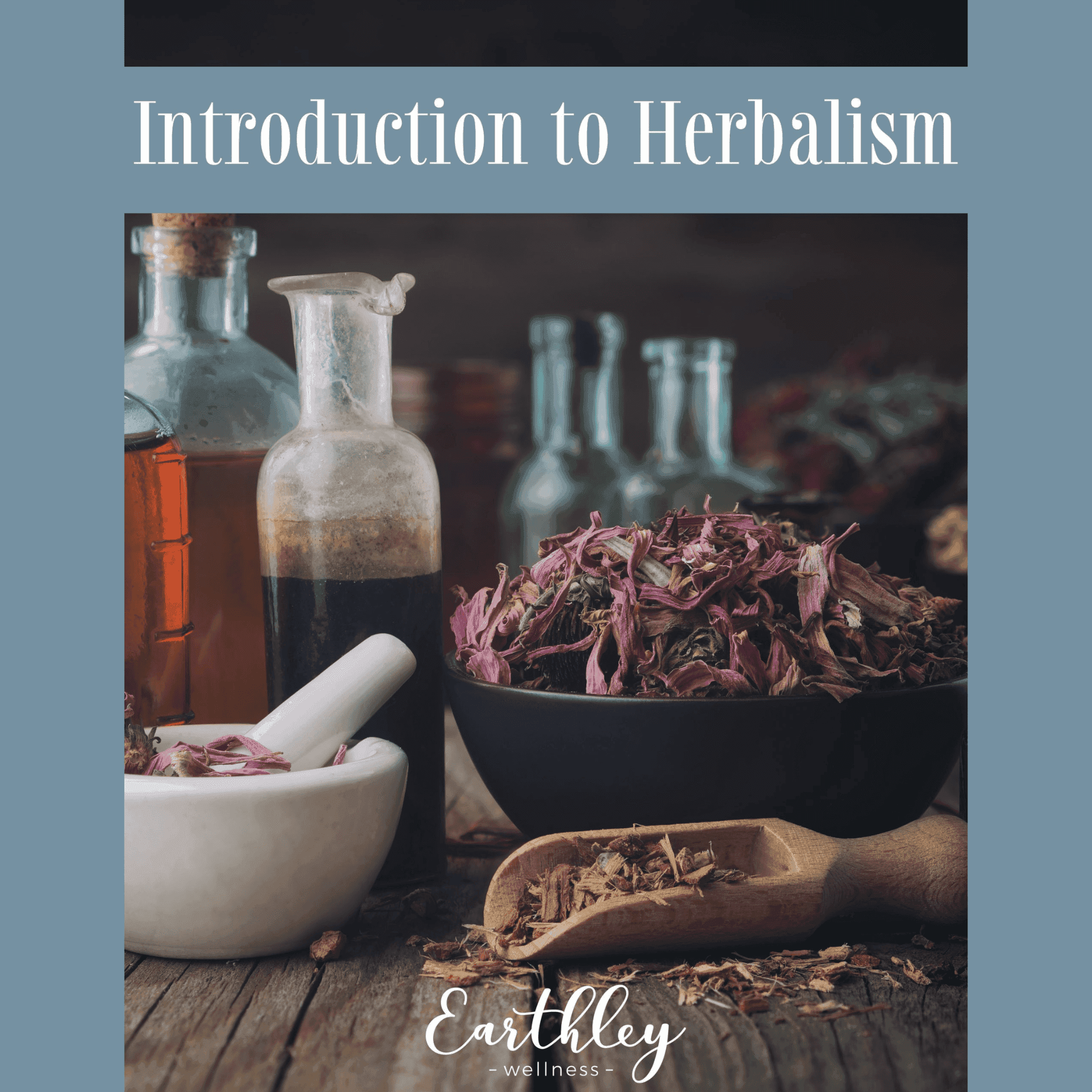
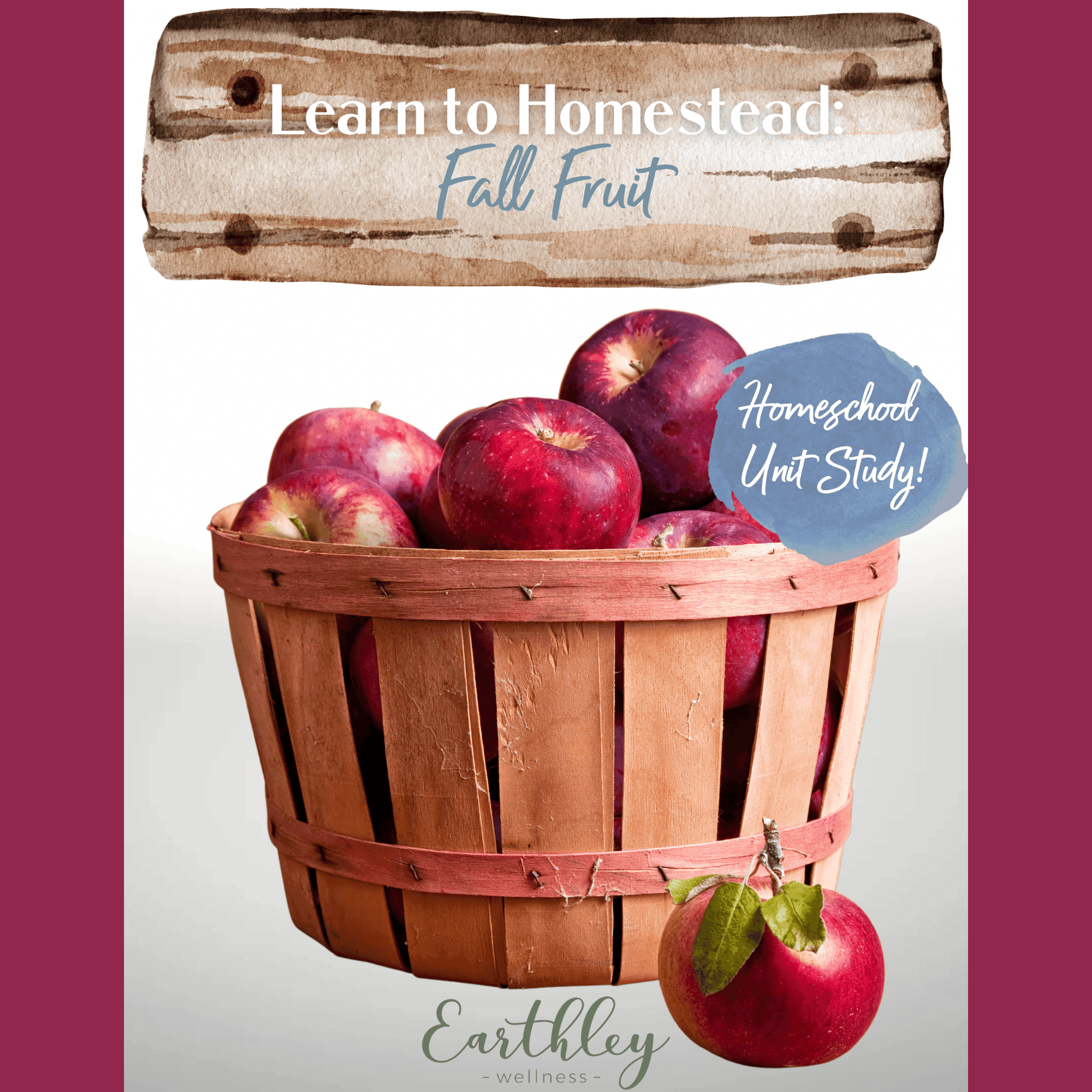
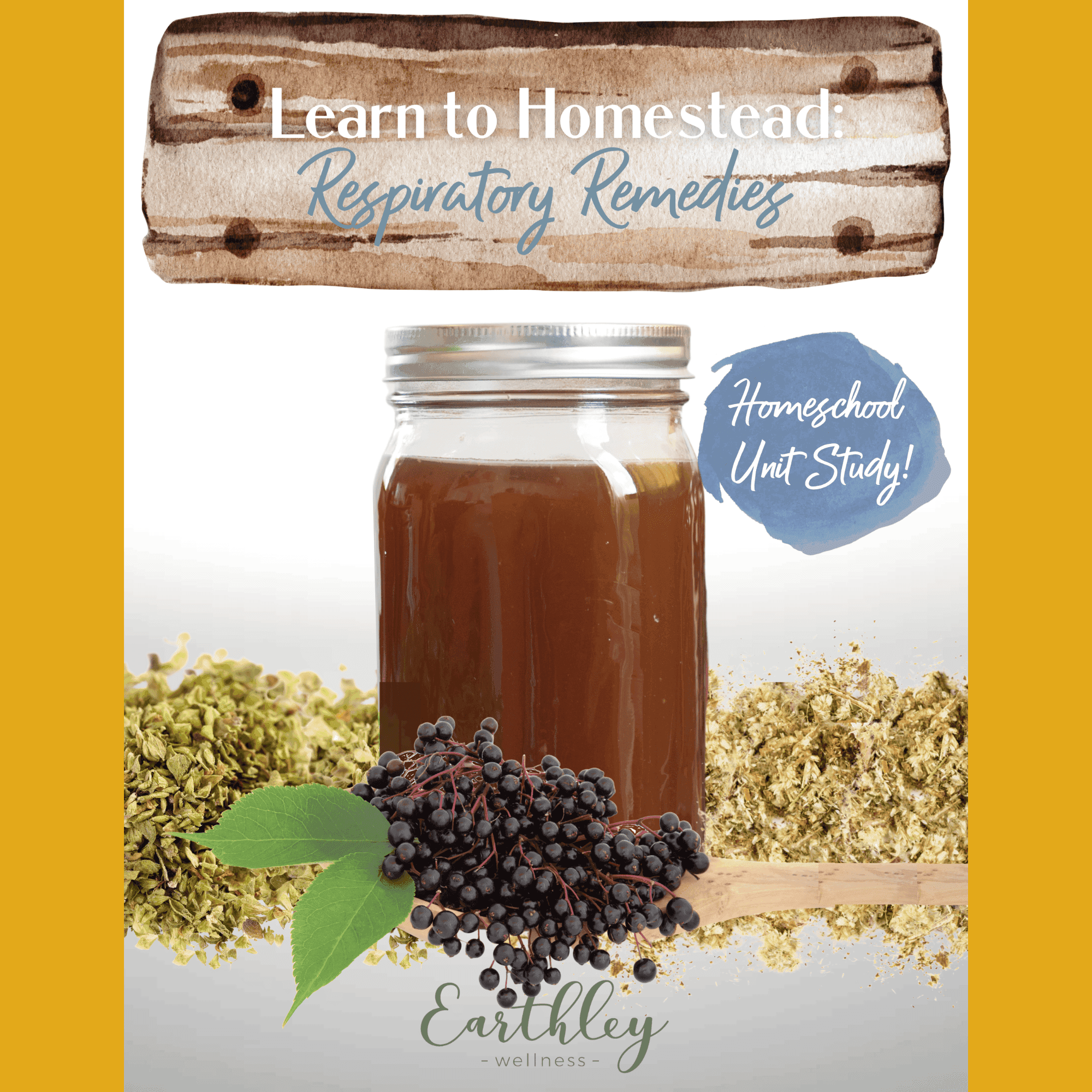
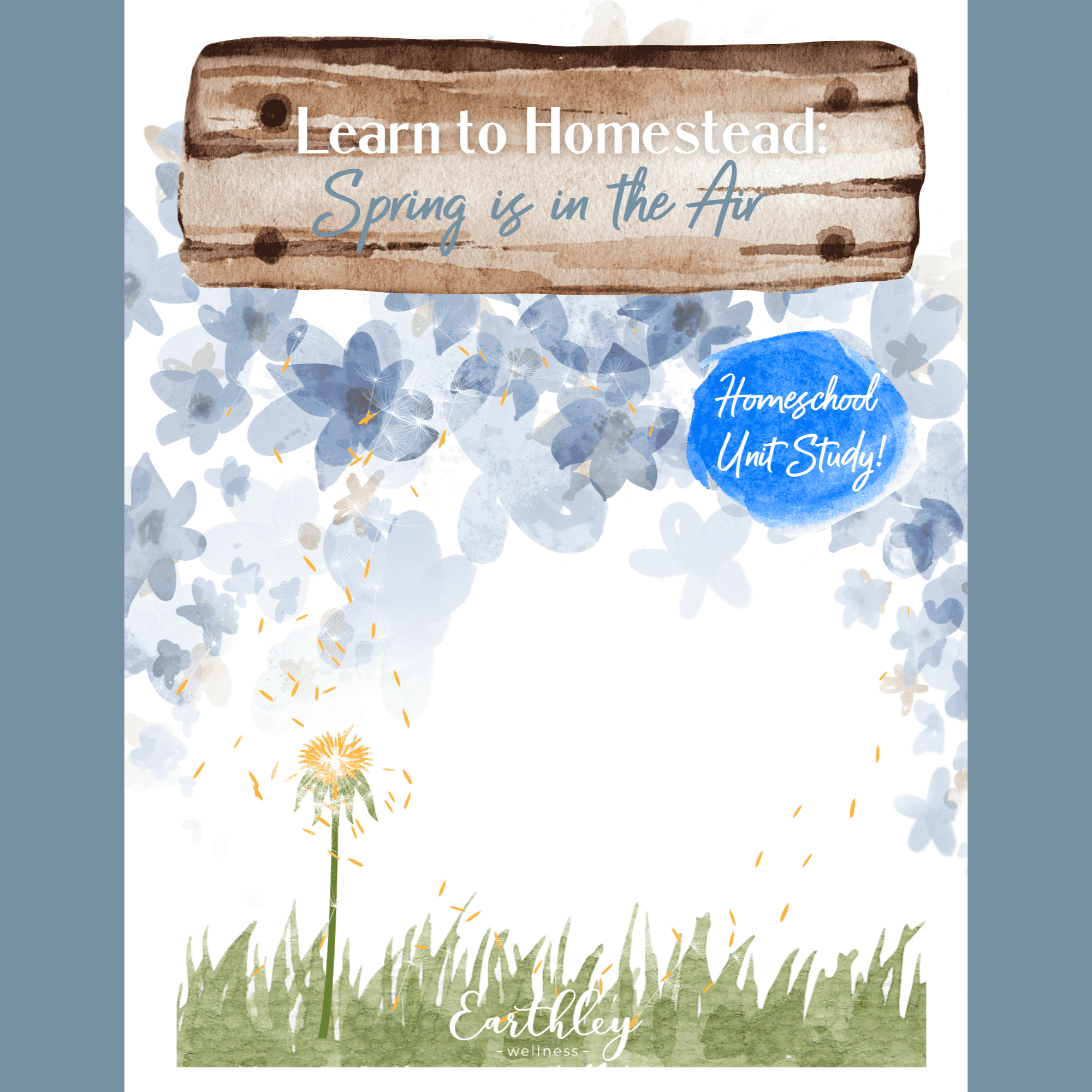
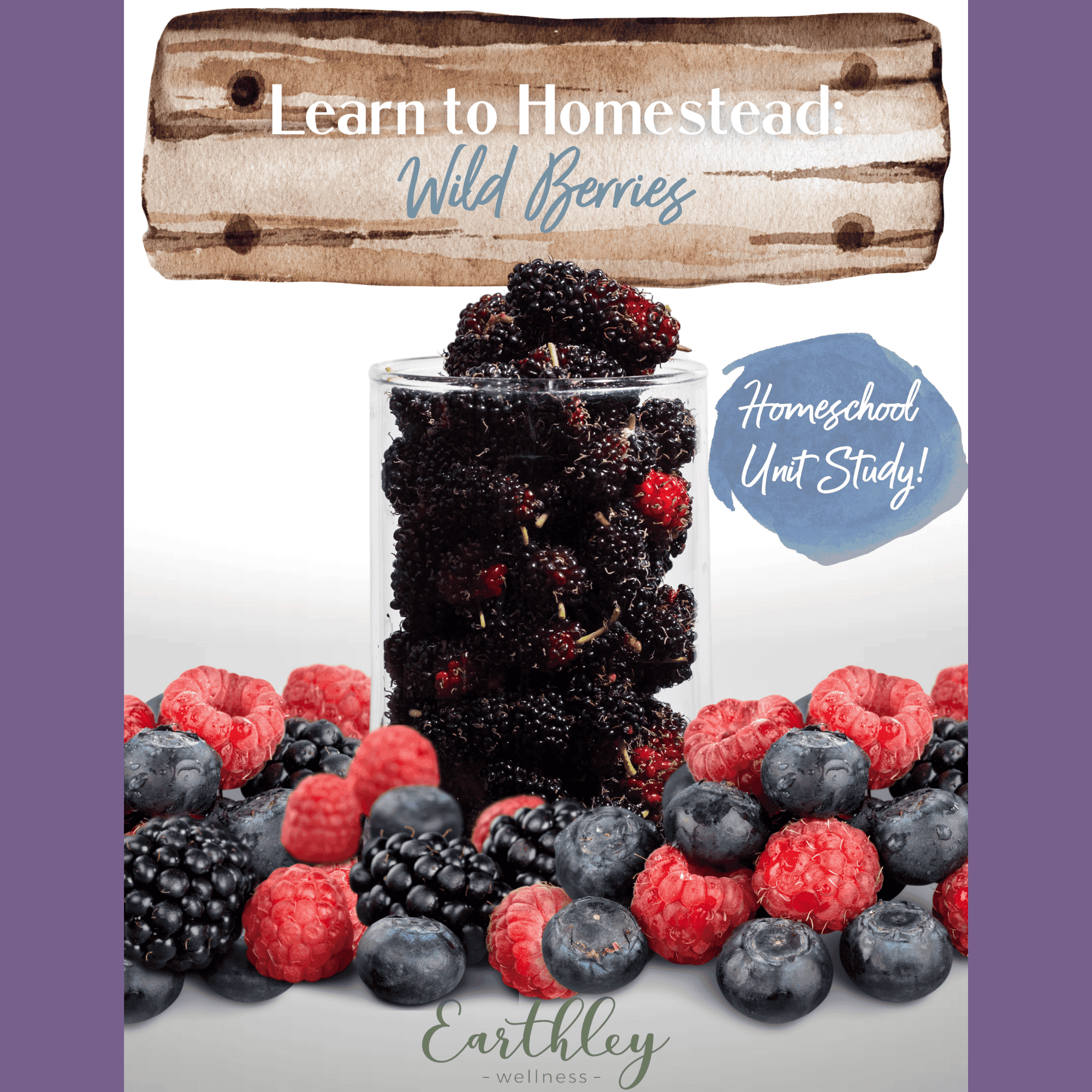
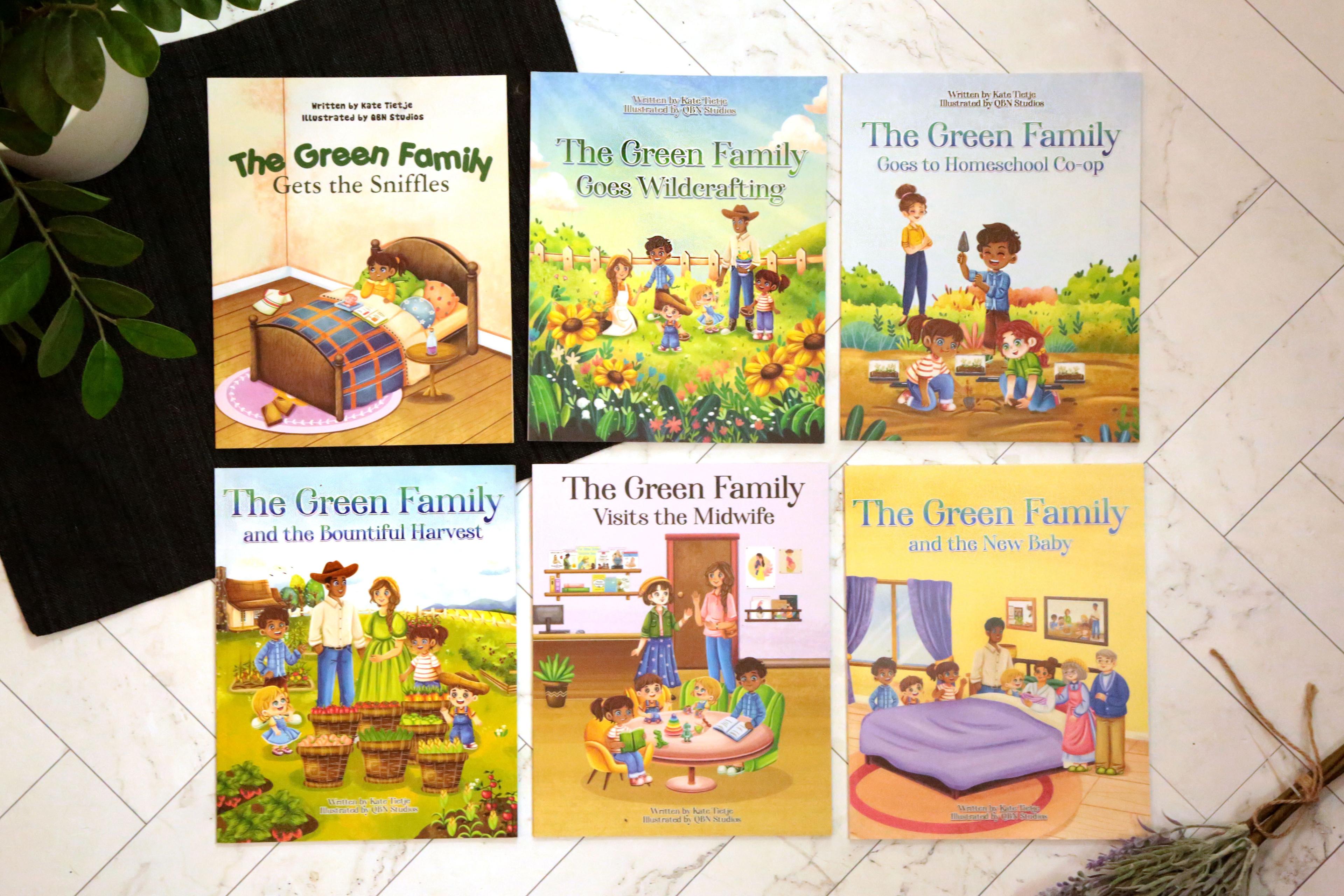
A wholesome storybook series teaching natural living through everyday family life
